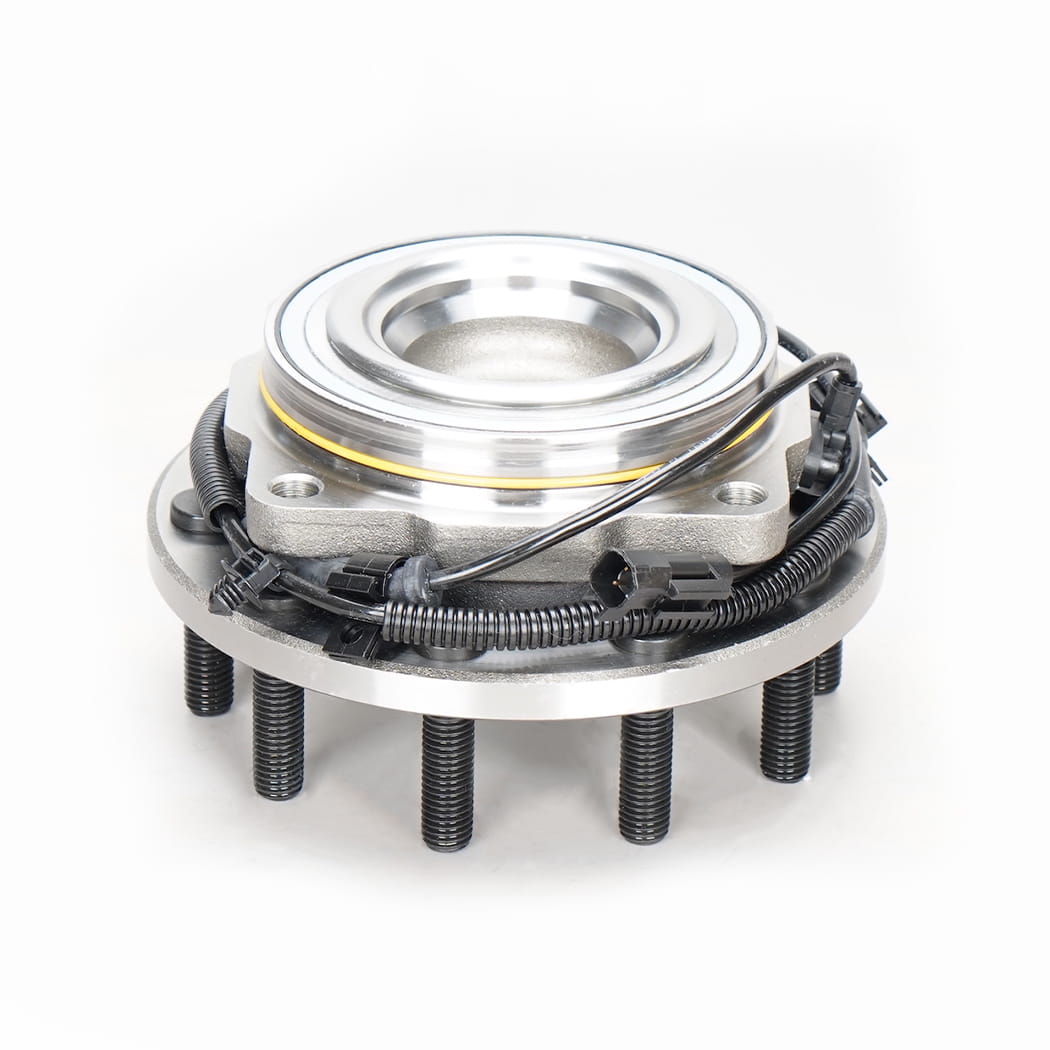The wear resistance and corrosion resistance of the wheel hub spindle are crucial to the safety and reliability of the vehicle. The following is a detailed analysis of these two characteristics:
Wear resistance:Definition of wear resistance: Wear resistance refers to the ability of a material to resist wear. In the automotive wheel hub spindle, wear resistance is directly related to its service life and performance stability.
Influencing factors:Material: The material of the wheel hub spindle is the key factor in determining its wear resistance. Common materials include high-strength steel, aluminum alloy, etc. These materials usually have good mechanical properties and wear resistance, and can resist wear to a certain extent.
Surface treatment: In order to improve the wear resistance of the wheel hub spindle, surface treatment such as galvanizing, chrome plating, shot peening, etc. is usually performed. These treatments can increase the hardness and finish of the surface and reduce friction and wear.Lubrication: Good lubrication conditions can significantly reduce friction and wear between the wheel hub spindle and components such as bearings, and extend service life.
The wear resistance of the wheel hub spindle is generally good, but it depends on factors such as material, surface treatment and lubrication conditions. When selecting and using, these factors should be comprehensively considered to ensure that it has good wear resistance.
Corrosion resistance:Corrosion resistance definition: Corrosion resistance refers to the ability of a material to resist corrosion. In automotive wheel hub spindles, corrosion resistance is of great significance to prevent performance degradation and safety hazards caused by corrosion.

Influencing factors:Material: Similarly, material is a key factor in determining corrosion resistance. Some metals such as stainless steel and aluminum alloys have good corrosion resistance and can maintain good performance in harsh environments such as moisture and salt spray.
Surface treatment: In addition to material, surface treatment is also an important means to improve corrosion resistance. As mentioned earlier, treatments such as galvanizing and chrome plating can increase the corrosion resistance of the surface.
Use environment: The use environment also has a significant impact on the corrosion resistance of the wheel hub spindle. For example, vehicles in coastal areas or vehicles that often travel on wet and salt spray sections have higher corrosion resistance requirements for their wheel hub spindles.
Special processes and materials:For some high-end models or special applications, higher-grade materials (such as titanium alloys, ceramics, etc.) and more advanced surface treatment processes (such as vacuum plating, green chrome plating, etc.) may be used to further improve the corrosion resistance of the wheel hub spindle.
The corrosion resistance of the hub spindle is generally good, but it depends on factors such as material, surface treatment and use environment. When selecting and using it, the appropriate material and surface treatment process should be selected according to the actual situation to ensure that it has good corrosion resistance. At the same time, attention should also be paid to maintenance during use to extend its service life and performance stability.